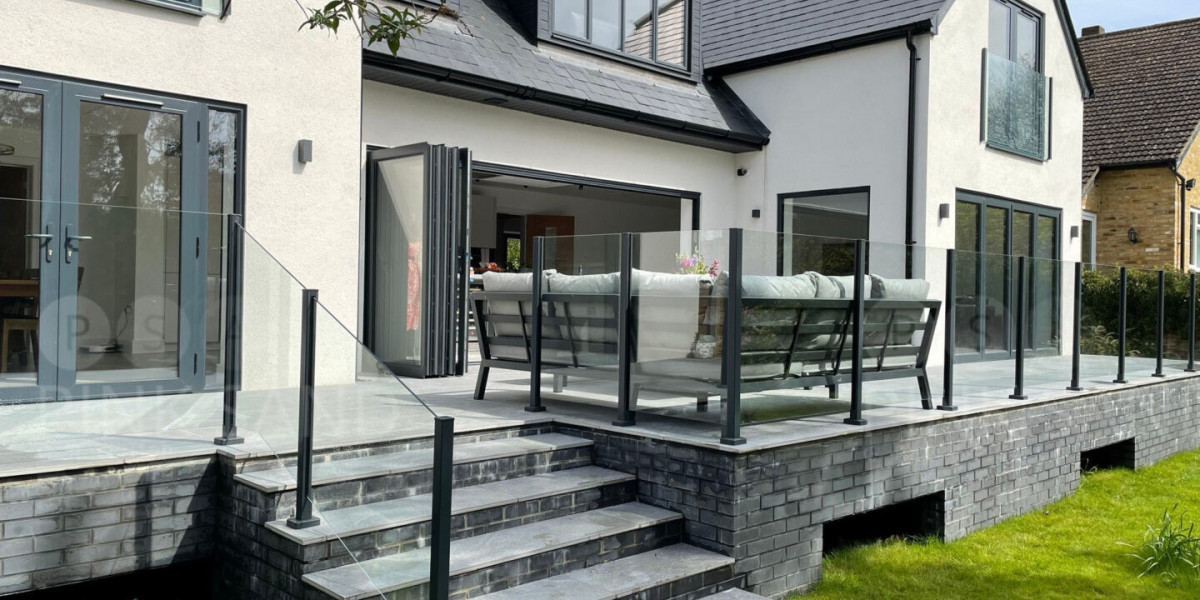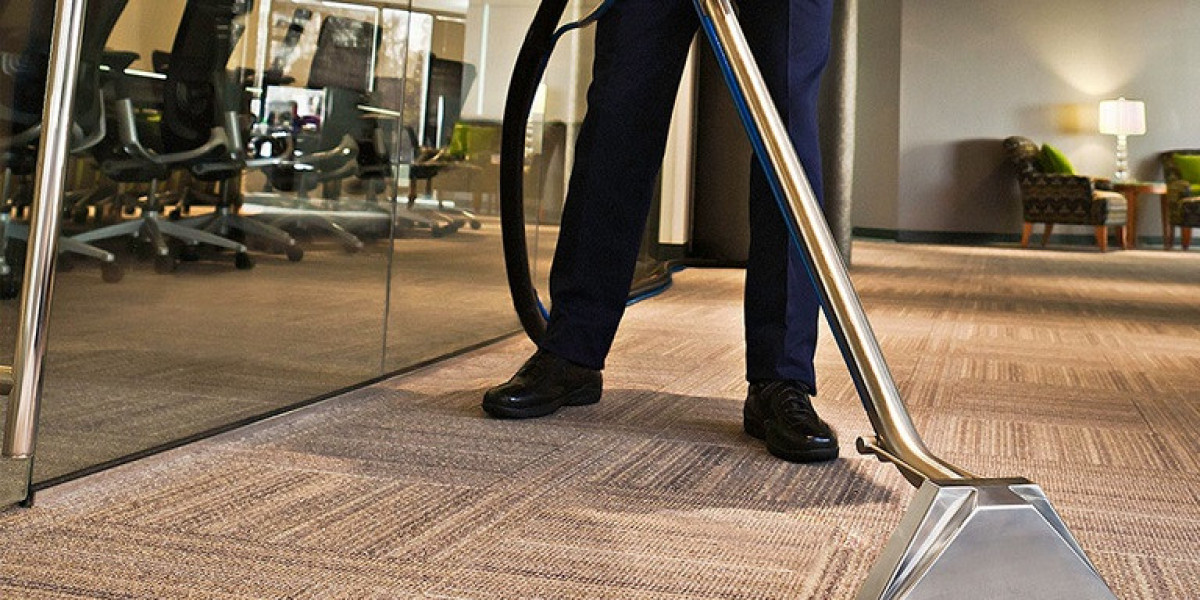The use of Unplasticized Polyvinyl Chloride (UPVC) in window manufacturing has gained significant traction in the construction and architecture industries over the past few decades. UPVC windows are renowned for their durability, energy efficiency, and low maintenance requirements, making them a preferred choice for both residential and commercial buildings. This article explores the composition, benefits, and applications of UPVC windows, along with a comparison to traditional materials such as wood and aluminum.

Composition of UPVC
UPVC is a rigid form of PVC that does not contain any plasticizers, which makes it more stable and durable than its flexible counterparts. The production process involves the polymerization of vinyl chloride monomers, followed by the addition of stabilizers, lubricants, and pigments to achieve the desired properties. The absence of plasticizers not only enhances the structural integrity of UPVC but also contributes to its resistance to environmental factors such as UV radiation and moisture, which can lead to degradation in other materials.
Advantages of UPVC Windows
- Energy Efficiency: One of the most significant advantages of UPVC windows is their energy efficiency. UPVC frames provide excellent thermal insulation, which helps to reduce heat loss in winter and keep interiors cool in summer. This insulation capability can lead to lower energy bills and a reduced carbon footprint, making UPVC windows an environmentally friendly option.
- Durability and Longevity: UPVC windows are resistant to rot, corrosion, and fading, which are common issues with wooden frames. Unlike aluminum, UPVC does not conduct heat, which minimizes condensation and the risk of mold growth. UPVC windows can last for over 30 years with minimal maintenance, making them a cost-effective long-term investment.
- Low Maintenance: UPVC windows require very little maintenance compared to traditional materials. They do not need painting or staining, and cleaning can be done easily with soap and water. This ease of maintenance is particularly appealing to homeowners and property managers who wish to minimize upkeep costs.
- Sound Insulation: UPVC windows offer excellent sound insulation, which is particularly beneficial in urban areas or noisy environments. The multi-chambered design of UPVC frames helps to reduce noise pollution, creating a more serene indoor atmosphere.
- Security Features: Many UPVC windows come equipped with advanced locking mechanisms and reinforced frames, enhancing the security of the premises. This feature is particularly important in residential settings, where safety is a primary concern for homeowners.
- Aesthetic Versatility: UPVC windows are available in a variety of styles, colors, and finishes, enabling architects and homeowners to choose designs that complement their aesthetic preferences. From classic sash windows to modern casement styles, UPVC can be tailored to fit various architectural themes.
Applications of UPVC Windows
UPVC windows are versatile and can be used in various applications, including:
- Residential Buildings: UPVC windows are commonly used in homes due to their energy efficiency, security features, and aesthetic appeal. They can be found in new constructions as well as in retrofitting projects aimed at improving energy performance.
- Commercial Properties: Many commercial buildings utilize UPVC windows for their durability and low maintenance requirements. Office buildings, retail spaces, and educational institutions benefit from the energy savings and reduced upkeep associated with UPVC installations.
- Social Housing: UPVC windows are often specified in social housing projects due to their cost-effectiveness and ability to meet energy efficiency standards. They provide a sustainable solution for affordable housing initiatives.
- Renovation Projects: UPVC windows are frequently chosen for renovation projects where existing wooden or aluminum frames need to be replaced. The ease of installation and the potential for improved energy performance make UPVC a popular choice among contractors.
Comparison with Traditional Materials
When comparing UPVC windows to traditional materials such as wood and aluminum, several factors come into play:
- Cost: UPVC windows tend to be more affordable than wooden frames, both in terms of initial purchase price and long-term maintenance costs. While aluminum frames are also durable, they can be more expensive than UPVC, especially when considering thermal breaks to enhance energy efficiency.
- Aesthetics: While wood offers a classic and warm appearance, UPVC has evolved significantly in design and can mimic wood finishes, providing aesthetic flexibility without the associated maintenance. Aluminum offers a sleek, modern look but may lack the warmth of wood.
- Environmental Impact: UPVC is considered more environmentally friendly than traditional materials due to its longevity and low maintenance needs. However, the production of UPVC involves the use of non-renewable resources, https://mpgawards.co.uk/how-diy-music-producers-can-get-exposure-online-using-youtube-and-instagram/ and recycling options are limited compared to wood.
Conclusion
UPVC windows represent a significant advancement in window technology, combining durability, energy efficiency, and low maintenance into a single product. Their versatility allows for a wide range of applications in both residential and commercial settings, making them a popular choice among architects and builders. As the demand for sustainable building practices continues to grow, UPVC windows are likely to play an increasingly important role in modern architecture. Their ability to provide comfort, security, and aesthetic appeal positions them as a leading option for future construction projects. The ongoing development in UPVC technology promises to enhance their performance and sustainability, ensuring that they remain at the forefront of window solutions for years to come.







